Home>Garden Essentials>How To Plant An Apricot Seed
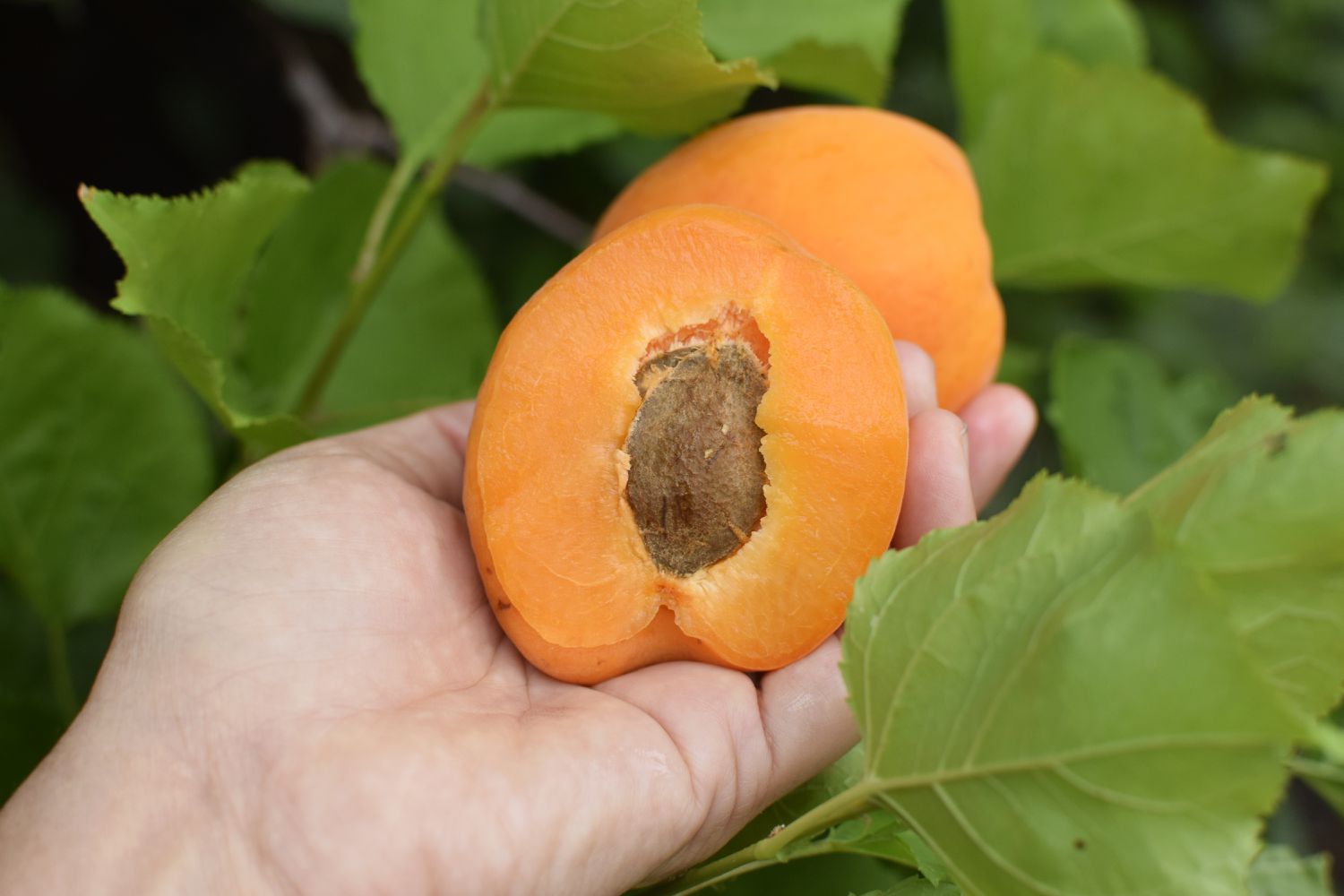

Garden Essentials
How To Plant An Apricot Seed
Modified: March 16, 2024
Learn how to plant an apricot seed in your garden and grow your own apricot tree. Follow our step-by-step guide for a successful apricot seed planting process.
(Many of the links in this article redirect to a specific reviewed product. Your purchase of these products through affiliate links helps to generate commission for Storables.com, at no extra cost. Learn more)
Introduction
Welcome to the wonderful world of gardening! Whether you’re a seasoned green thumb or just starting out, there’s something truly magical about growing your own plants and seeing them flourish. If you have a love for fresh, juicy apricots, why not try planting your own apricot tree from a seed? While it may take time and patience, growing an apricot tree from a seed can be a rewarding and fulfilling experience. In this article, we’ll guide you through the process of planting an apricot seed and provide you with helpful tips along the way.
Apricots are not only delicious, but they are also packed with nutrients. They are a great source of vitamins A and C, fiber, and antioxidants. Plus, having your own apricot tree means you can enjoy the fruits of your labor, quite literally!
Before we dive into the steps of planting an apricot seed, it’s important to keep in mind that growing a tree from seed will result in a certain degree of uncertainty. The tree may not produce fruit that is identical to the parent tree since apricot seeds are often hybrid varieties. However, this shouldn’t discourage you from embarking on this exciting gardening journey.
With a little bit of knowledge, patience, and tender loving care, you can successfully grow an apricot tree from a seed. So let’s get started and uncover the secrets of planting and nurturing your own apricot tree!
Key Takeaways:
- Planting an apricot seed is a magical journey that requires patience and care. Enjoy the sweet rewards of homegrown apricots and share the joy with loved ones.
- By following simple steps, you can grow your own apricot tree and savor the delicious fruits. Embrace the uniqueness of each apricot and the beauty of nature.
Read more: How To Eat Apricot Seeds
Step 1: Gather Materials
Before you begin planting an apricot seed, it’s important to gather all the necessary materials. Having everything prepared ahead of time will make the process smoother and more efficient.
Here are the materials you’ll need:
- Apricot Seed: Start by obtaining a fresh apricot fruit. You can find them at your local grocery store, farmer’s market, or even grow your own apricot tree and harvest the fruit.
- Knife: You’ll need a sharp knife to carefully extract the apricot seed from the fruit.
- Water: Make sure you have access to clean and fresh water for the germination process.
- Planting Pot: Choose a pot or container with drainage holes. It should be large enough to accommodate the growing seed and provide room for the roots to develop.
- Potting Soil: Select a high-quality potting soil that is well-draining but retains enough moisture.
- Planting Labels: It’s a good idea to label your pots so you can keep track of the different seeds you’re planting.
- Plastic Wrap or Dome: A plastic wrap or dome can create a mini greenhouse effect, helping to retain moisture and promote seed germination.
- Grow Lights (Optional): If you’re starting the seed indoors or in an area with limited sunlight, grow lights can provide the necessary light for the seed to grow.
- Fertilizer (Optional): While not necessary initially, you may consider using a balanced fertilizer once the seedling starts to grow.
Once you’ve gathered all the materials, you’re ready to move on to the next step: preparing the apricot seed for planting.
Step 2: Prepare the Apricot Seed
Preparing the apricot seed properly is crucial for successful germination and healthy growth. Follow these steps to ensure the seed is ready for planting:
- Extract the Seed: Carefully cut open the apricot fruit and remove the seed. Be cautious not to damage the seed while extracting it.
- Clean the Seed: Rinse the seed under running water to remove any flesh or residue from the fruit. Gently rub the seed with your fingers to ensure it is clean.
- Dry the Seed: Place the seed on a paper towel or cloth and allow it to air dry for a day or two. Make sure the seed is completely dry before proceeding.
- Crack the Seed (Optional): Some gardeners choose to crack the apricot seed to help with germination. You can carefully crack the seed using a nutcracker or gently tap it with a hammer. This will help the seedling emerge more easily.
- Soak the Seed: Fill a bowl with water and soak the dried apricot seed for 24-48 hours. This soaking process helps soften the seed coat and promotes germination.
Once you have prepared the apricot seed, it’s time to move on to selecting the right location for planting.
Step 3: Choose the Right Spot for Planting
Choosing the right spot for planting your apricot seed is essential for its long-term growth and productivity. Here are some factors to consider when selecting a location:
- Sunlight: Apricot trees thrive in full sun, so choose a spot that receives at least six hours of direct sunlight each day. Adequate sunlight ensures optimal photosynthesis and fruit production.
- Soil Conditions: Apricot trees prefer well-draining soil with a pH level between 6.0 and 7.5. They can tolerate a variety of soil types, but sandy loam or loamy soil is ideal. Avoid heavy clay soil that retains too much water.
- Air Circulation: Good air circulation minimizes the risk of fungal diseases and promotes healthy growth. Avoid planting apricot trees in areas with poor air circulation, such as in narrow spaces or close to walls or other trees.
- Frost Protection: Since apricot trees are susceptible to frost damage, choose a location that offers some frost protection. Avoid low-lying areas where cold air accumulates. If your region experiences late spring frosts, consider planting the tree on a slope or near a building that provides thermal protection.
- Space: Make sure to plant your apricot tree with sufficient space for its mature size. Apricot trees can reach a height of 15-20 feet and should be planted at least 15-20 feet apart from other trees to allow for proper growth and airflow.
Once you have identified the perfect spot, it’s time to move on to the exciting part: planting the apricot seed!
After removing the seed from the apricot, clean it and let it dry for a few days. Then, plant it in a well-draining soil, water it regularly, and place it in a sunny spot to grow.
Step 4: Planting the Apricot Seed
Now that you have your prepared apricot seed and the ideal planting location, it’s time to get your hands dirty and plant the seed. Follow these steps to ensure successful planting:
- Prepare the Pot: Fill the planting pot with well-draining potting soil, leaving about an inch of space from the rim to prevent overflow when watering.
- Plant the Seed: Create a small hole in the center of the pot, about an inch deep. Place the apricot seed in the hole with the cracked side facing down (if you cracked the seed). Gently cover the seed with soil, ensuring it is evenly covered and not buried too deeply.
- Water the Seed: After planting, thoroughly water the potting soil until water drains out from the bottom. This ensures that the soil is evenly moist around the seed.
- Label and Maintain: Label the pot with the planting date and variety (if known). Place a plastic wrap or dome over the pot to create a mini greenhouse effect, trapping moisture and heat. Place the pot in a warm location, ideally around 70-75°F (21-24°C).
- Maintain Moisture: Check the soil moisture regularly to ensure it remains damp but not waterlogged. Mist the soil with water when needed to maintain proper moisture levels.
- Provide Adequate Light: Once the seedling emerges, remove the plastic wrap or dome and place the pot in a location that receives ample sunlight. If sunlight is limited, use grow lights to provide the necessary light for healthy growth.
Remember to be patient as germination can take anywhere from 2 to 6 weeks, depending on the conditions. As the seedling grows, it will develop into a young apricot tree, and you’ll need to provide proper care and maintenance.
Read more: How To Grow Apricot From Seed
Step 5: Provide Adequate Care and Maintenance
As your apricot tree seedling grows into a young tree, it requires proper care and maintenance to ensure its healthy development. Follow these tips to provide the necessary care:
- Watering: Apricot trees have moderate water requirements. Water the tree deeply once a week, making sure the soil is evenly moist. Adjust the watering frequency based on the weather conditions and soil moisture levels.
- Fertilization: After the first year of growth, you can start applying a balanced fertilizer during the early spring. Follow the package instructions for proper application and do not over-fertilize, as it can harm the tree.
- Pruning: Regular pruning helps shape the tree and promotes better fruit production. Prune during the dormant season (late winter or early spring) by removing any dead, damaged, or crossing branches. Also, thin out excessive growth to improve air circulation and sunlight penetration.
- Protection from Pests and Diseases: Keep an eye out for common pests like aphids, scale insects, and peach tree borers. Apply organic or chemical pest control measures as needed. Monitor the tree for signs of diseases, such as brown rot or leaf curl, and take appropriate action to mitigate the spread.
- Supportive Structures: As the tree grows, you may need to provide support with stakes or trellises to prevent bending or breaking branches under the weight of fruit or strong winds.
- Winter Protection: Apricot trees are susceptible to frost damage, so consider providing winter protection by covering the tree with frost blankets or burlap when freezing temperatures are expected.
Be attentive to your apricot tree’s needs throughout its growth cycle, and you’ll be rewarded with a healthy, fruit-bearing tree in due time.
Step 6: Harvesting Apricots
After all the hard work and patience, the time will finally come to harvest the delicious apricots from your tree. Here are some tips for harvesting apricots:
- Timing: Apricots are typically ready for harvest in late spring or early summer, depending on your location and the specific variety. The fruit should be firm but slightly soft when gently squeezed.
- Color: Look for apricots that have developed their characteristic orange or golden hue. The color may vary depending on the variety, but avoid harvesting them when they are still green.
- Twist and Lift: To harvest the apricots, gently twist and lift them from the tree. If they do not come off easily, they may not be fully ripe, so give them more time to mature.
- Handle with Care: Apricots bruise easily, so handle them with care, especially when placing them into containers or baskets. Avoid dropping or piling them on top of each other.
- Ripe Testing: If you’re unsure whether an apricot is ripe, you can do a taste test. Pick one and take a small bite to assess its flavor and sweetness. If it’s enjoyable, then the rest are likely ready for harvest.
- Storage: Apricots are best when eaten fresh, but if you have an abundance of fruit, they can be stored in the refrigerator for about a week. Place them in a paper bag or wrap them individually in tissue to minimize bruising.
Enjoy the fruits of your labor by savoring the sweet and juicy apricots! You can eat them fresh, use them in desserts, preserves, or even dry them for later use.
Congratulations on successfully growing and harvesting your own apricots! Watching your apricot tree grow from a tiny seed to a fruitful tree is truly a rewarding experience.
Conclusion
Planting an apricot seed and growing your own apricot tree is a fulfilling journey that allows you to experience the joy of nurturing a living plant and reaping the sweet rewards of fresh, homegrown apricots. While the process may require patience and dedication, the satisfaction of watching your apricot tree flourish is well worth the effort.
Remember, growing a tree from seed may result in some variations in fruit quality and characteristics compared to the parent tree. However, this uniqueness adds to the charm and excitement of growing your own apricot tree.
By following the steps outlined in this guide, from gathering the materials to harvesting the apricots, you’ll gain the knowledge and confidence to successfully plant and care for your very own apricot tree. Along the way, you’ll learn valuable lessons about gardening, patience, and the beauty of nature.
So why not embark on this rewarding gardening adventure? Plant that apricot seed, provide it with the care it needs, and watch it transform into a thriving, fruit-bearing tree. Enjoy the delightful taste of homegrown apricots and share the abundance with family and friends. May your garden be filled with bountiful harvests and the joy of gardening for many seasons to come!
Frequently Asked Questions about How To Plant An Apricot Seed
Was this page helpful?
At Storables.com, we guarantee accurate and reliable information. Our content, validated by Expert Board Contributors, is crafted following stringent Editorial Policies. We're committed to providing you with well-researched, expert-backed insights for all your informational needs.
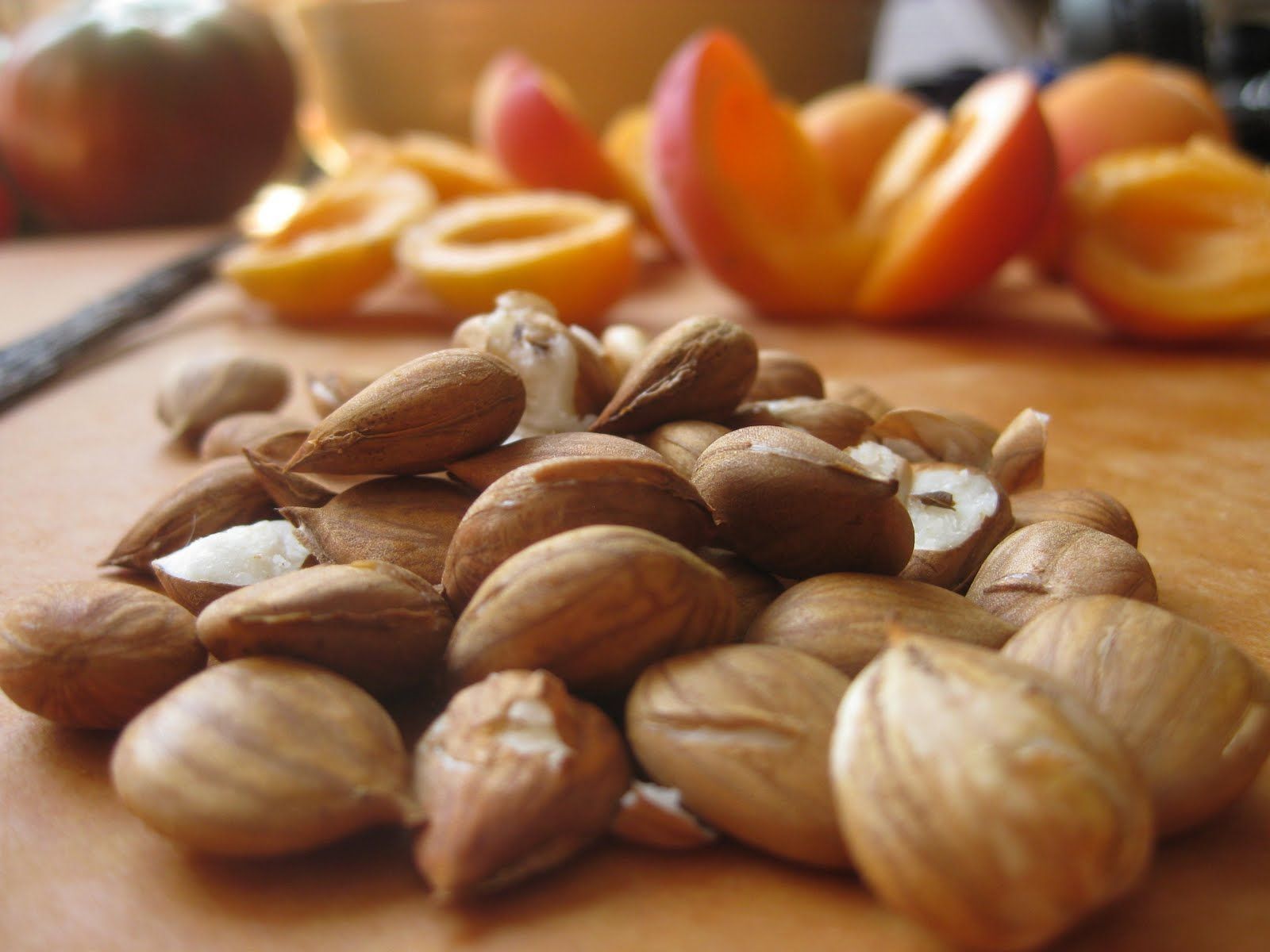
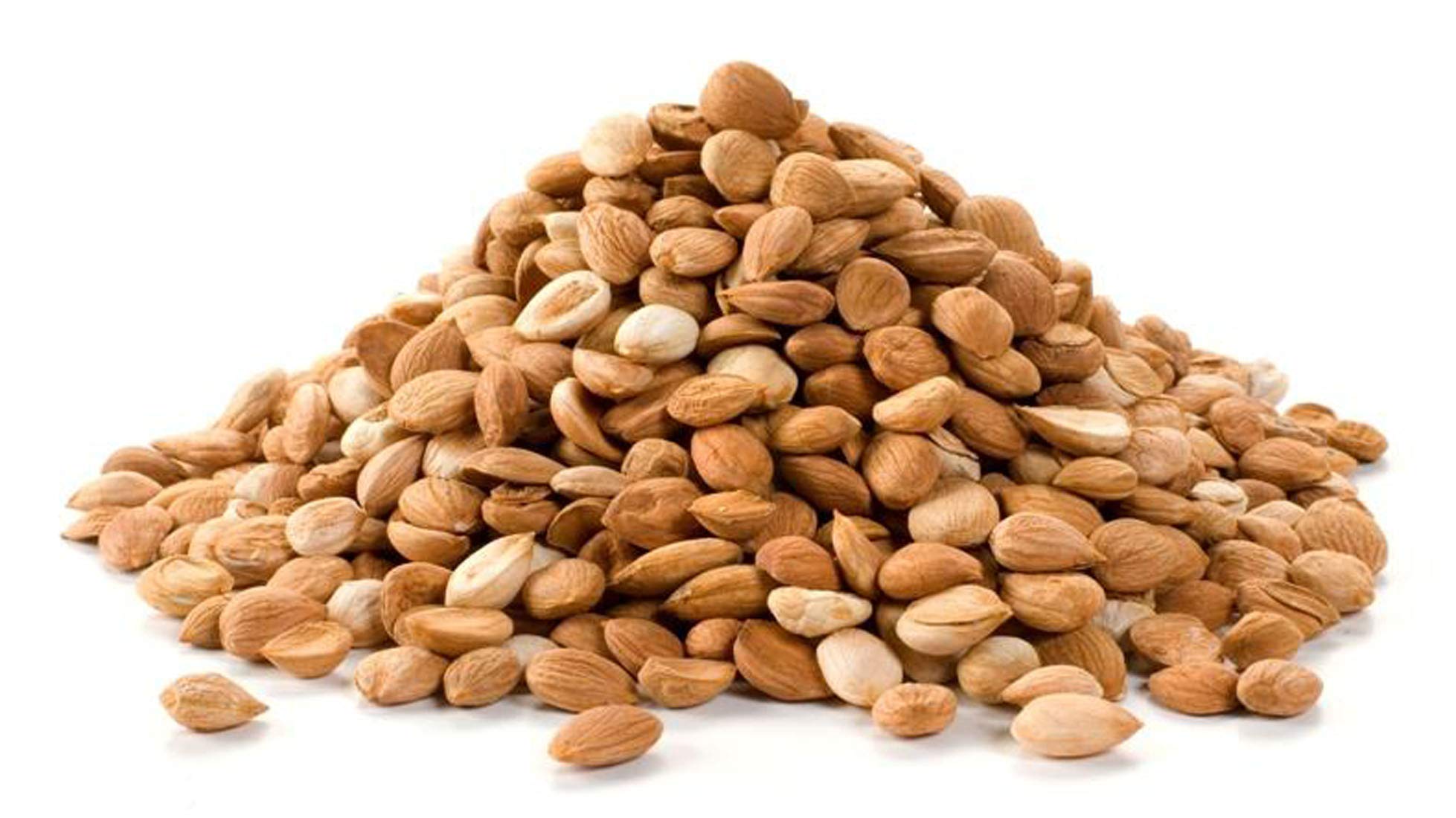






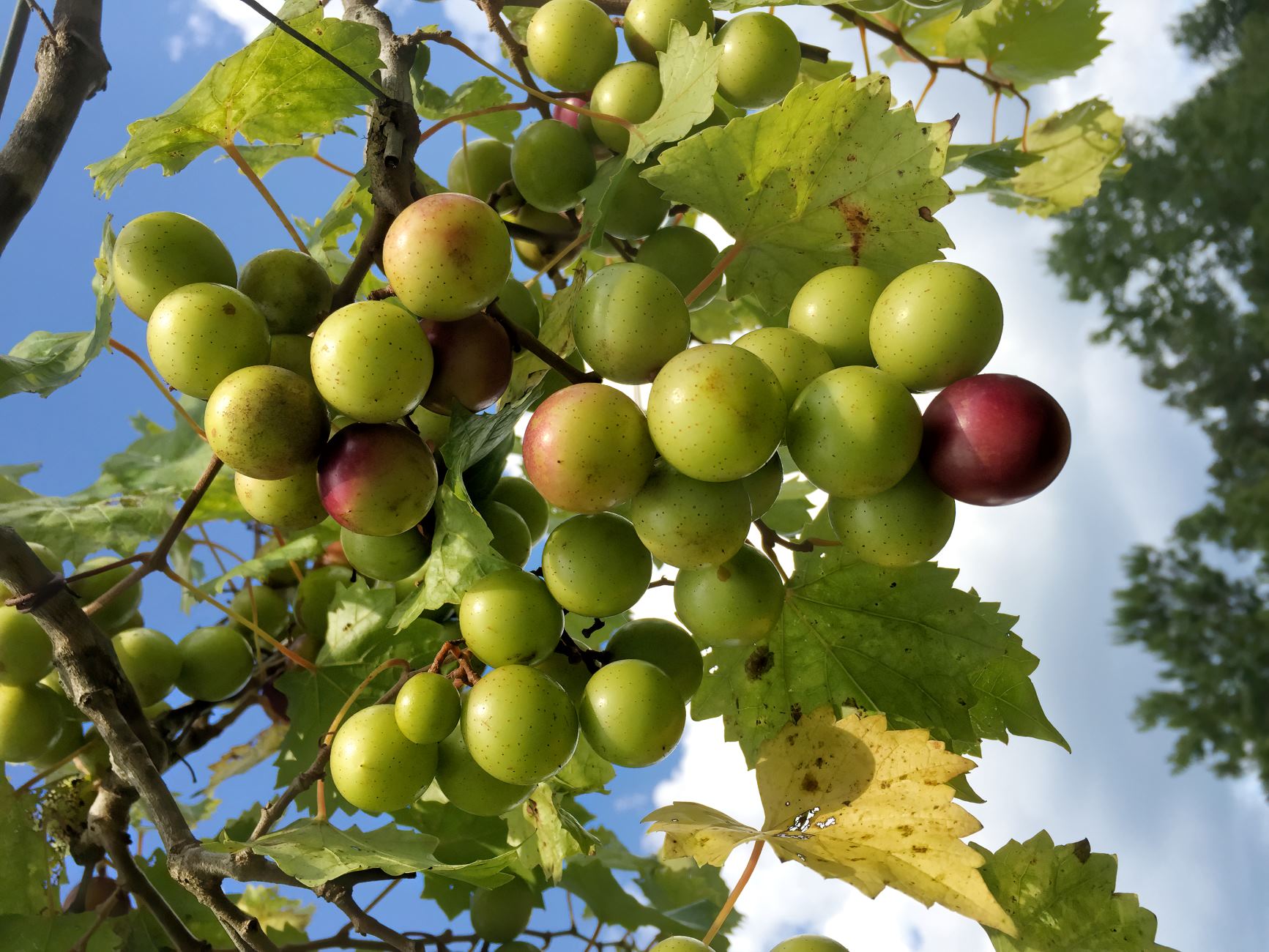
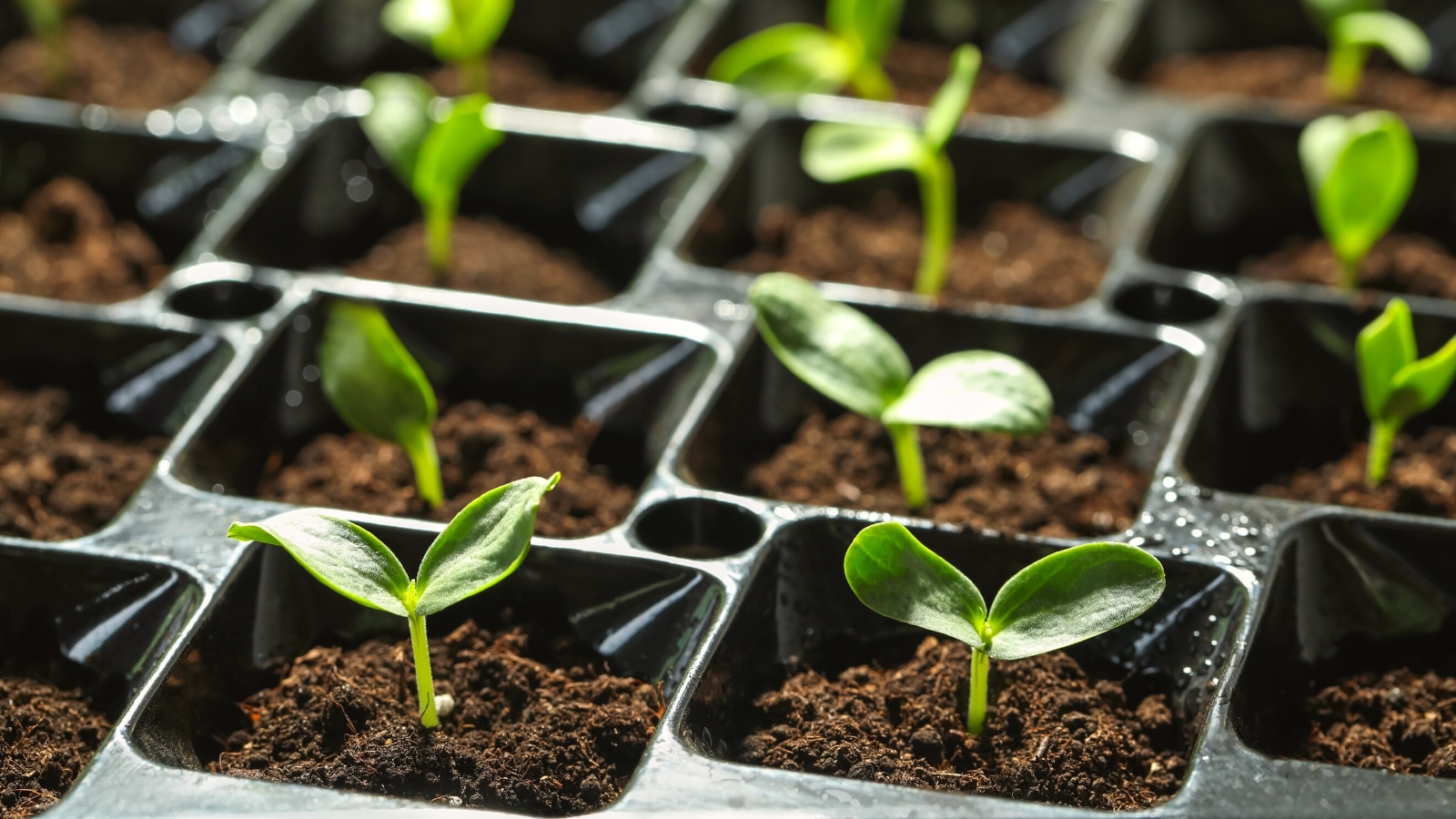
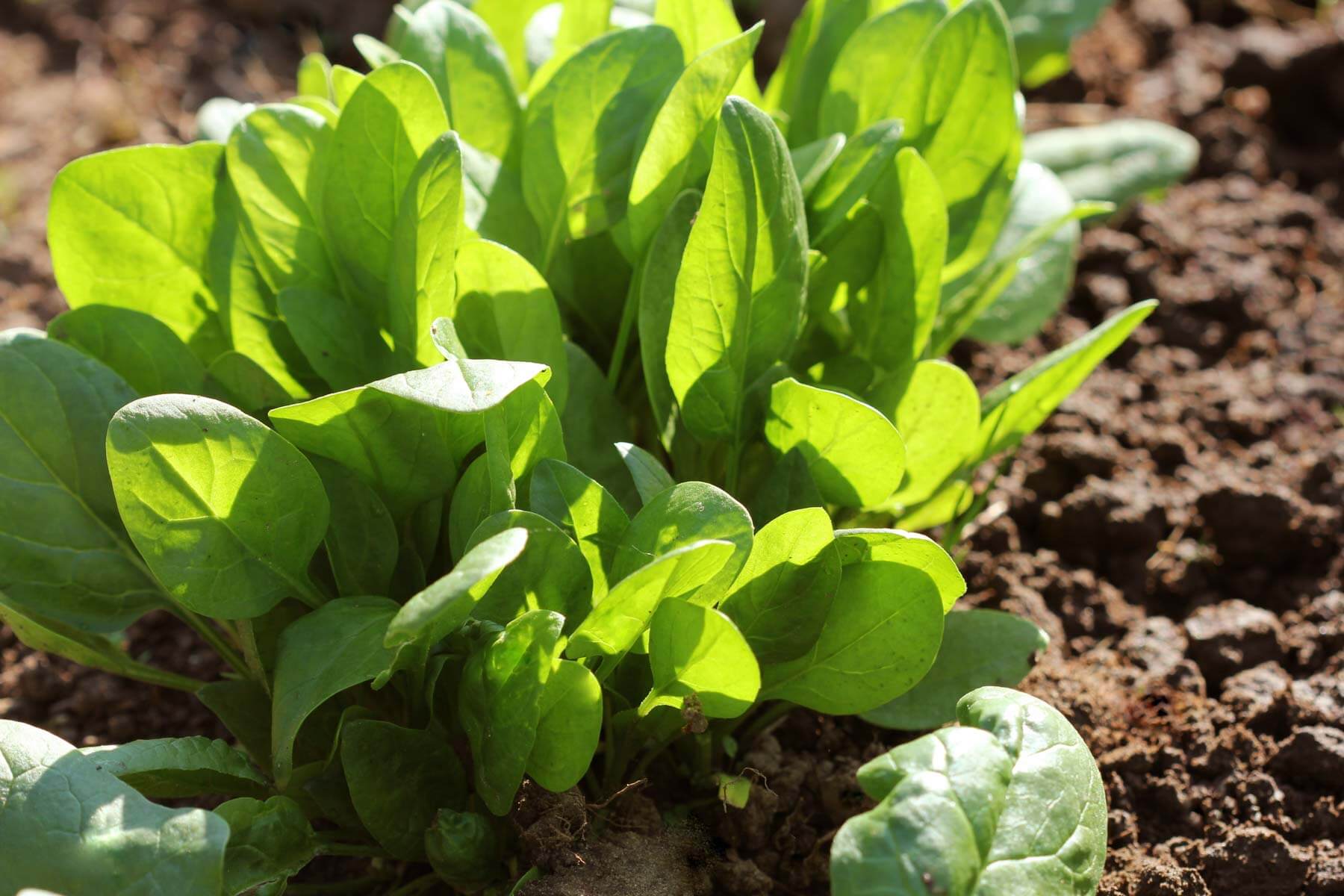

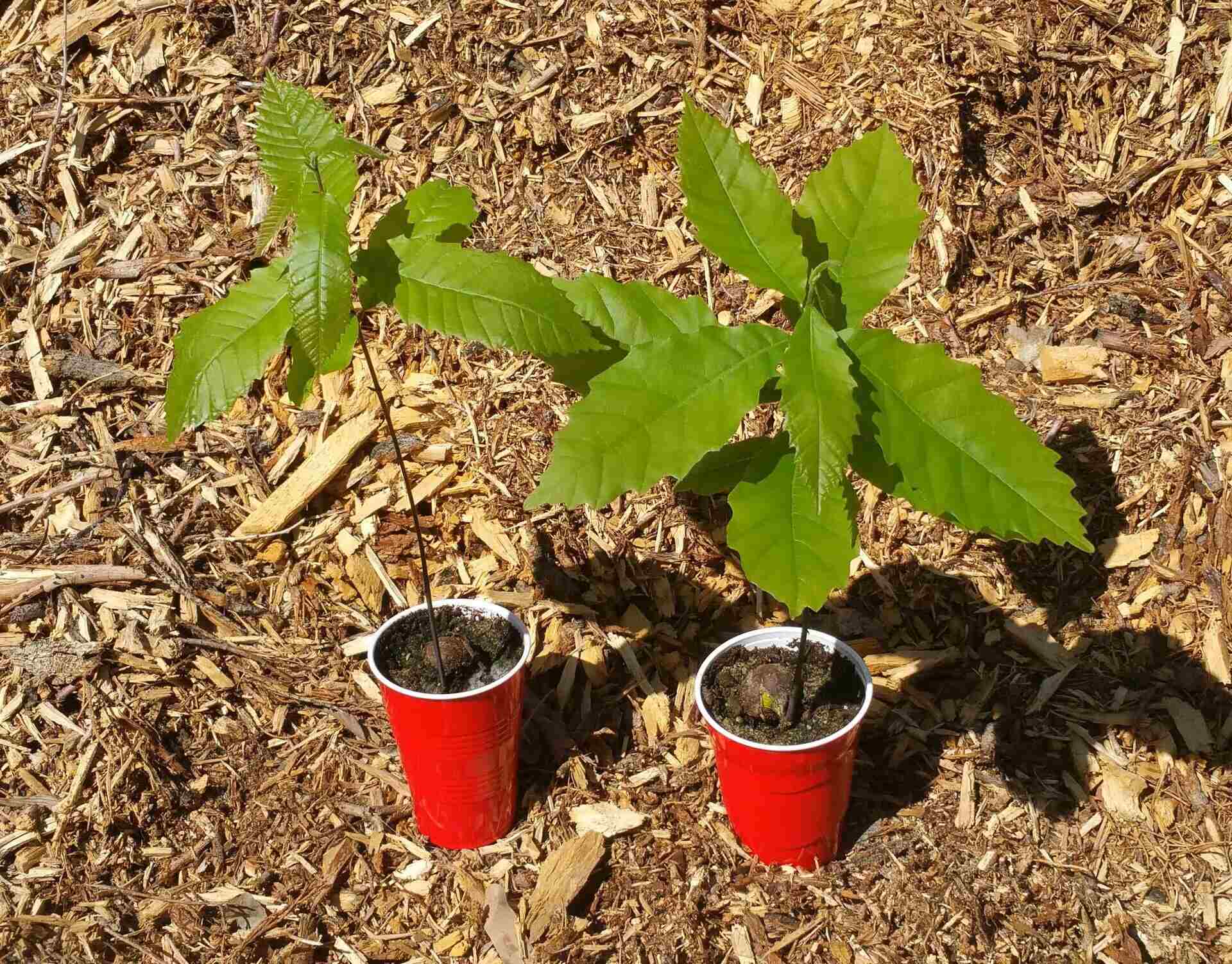
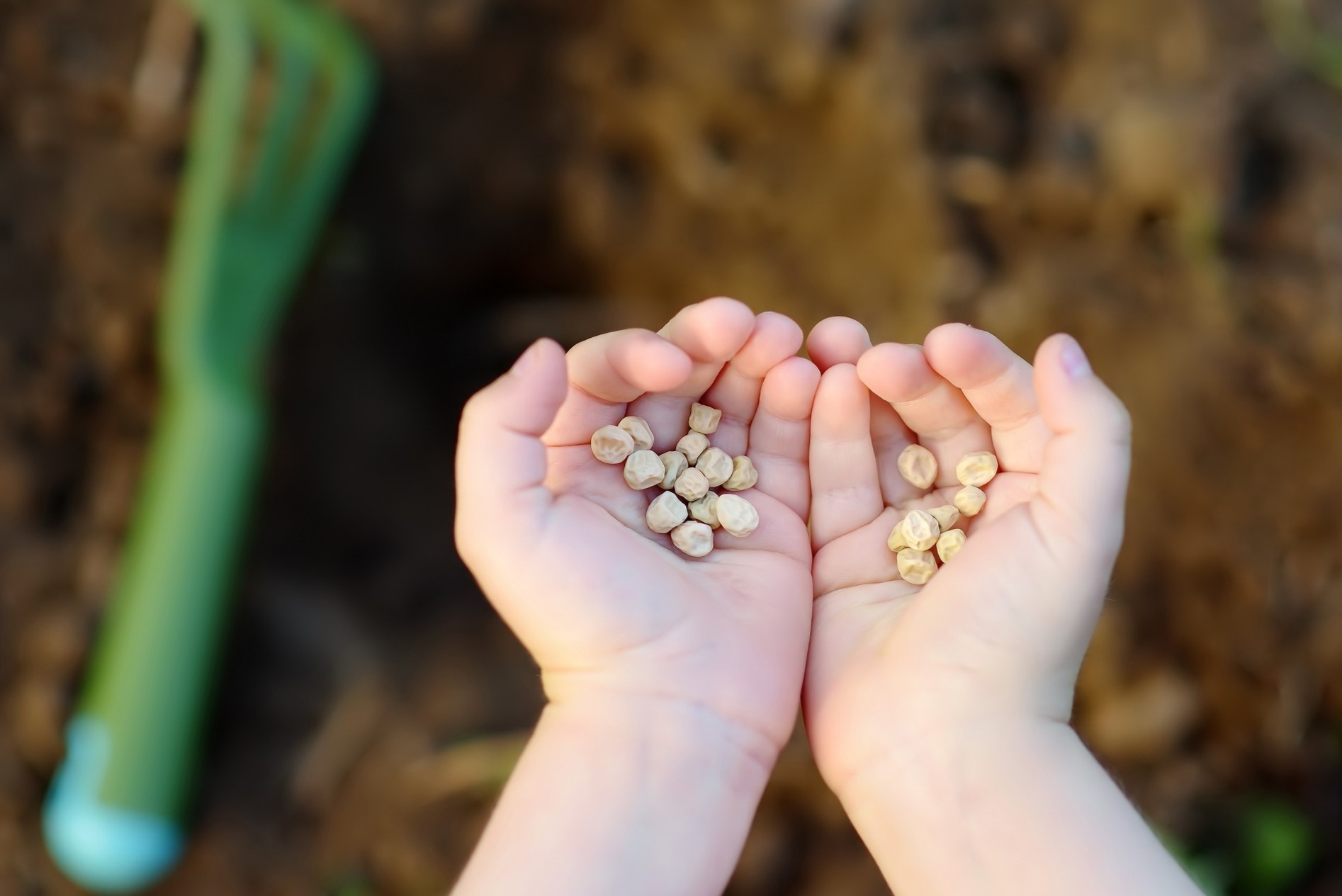

0 thoughts on “How To Plant An Apricot Seed”